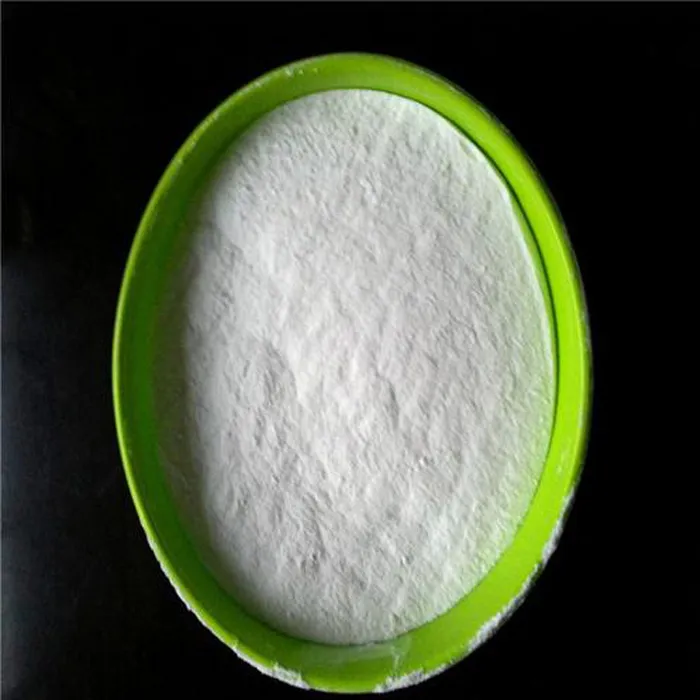chemicals used in water treatment pdf
The process of water treatment is essential for ensuring safe and clean water for both industrial applications and human consumption. As global concerns over water scarcity and contamination rise, the demand for efficient water treatment solutions has surged. This has spurred innovations and improvements in the chemicals used in water treatment, each carefully selected and applied to address specific contaminants and meet regulatory standards. The knowledge of these chemicals is not merely academic but is grounded in real-world applications, ensuring optimal water quality.
At the heart of water treatment lies coagulation and flocculation, processes pivotal for particle removal. Aluminum sulfate, commonly known as alum, is a leading coagulant utilized globally. Alum functions by neutralizing the negative charges on particles, enabling them to clump together. Its effectiveness is tested against various turbidities and pH levels, proving versatile in diverse conditions. Simultaneously, ferric chloride, another potent coagulant, is praised for its ability to quickly form strong flocs. Both chemicals are supported by years of successful usage, verified through rigorous laboratory and field tests that meet industrial and municipal water standards.
Once coagulation and flocculation have been initiated, sedimentation and filtration follow. These stages are significantly enhanced by flocculants, which strengthen particle aggregation. Synthetic polymers, such as polyacrylamides, have become the choice of experts for this task, demonstrating superior performance in a range of aqueous environments. Their efficiency has been repeatedly confirmed through independent studies, where they have proven to markedly reduce turbidity and improve water clarity.
Disinfection, a critical component in water treatment, relies heavily on chlorine-based compounds. Chlorine, in its various forms, is utilized extensively due to its bactericidal properties. Its effectiveness against a broad spectrum of pathogens has been documented through decades of scientific research, earning trust as a reliable disinfection agent. The safety and dosage guidelines for chlorine use are strictly regulated, ensuring that treated water is free of harmful levels of residual chemicals.
Advancements in water treatment have also seen the rise of alternative disinfectants, such as ozone and ultraviolet (UV) light, each offering unique benefits. Ozone, a strong oxidizing agent, destroys contaminants at a molecular level. Its application has been well-documented in peer-reviewed journals, establishing its credibility as a powerful disinfectant. Meanwhile, UV light provides a chemical-free disinfection method, effectively neutralizing bacteria and viruses. Manufacturers of UV systems provide thorough documentation on system performance, ensuring users can rely on its effectiveness and safety.chemicals used in water treatment pdf
In addressing organic pollutants and trace pharmaceuticals, activated carbon has emerged as an effective adsorbent. Its porous structure enables the capture of unwanted compounds, a technique corroborated by innumerable scientific evaluations. Activated carbon filters have been optimized through years of engineering breakthroughs, their designs tailored to specific industrial and municipal applications, providing a trusted solution for complex water treatment challenges.
Another critical challenge in water treatment is managing dissolved ions, which can lead to scaling and corrosion in systems. Phosphonate-based scale inhibitors have been proven effective in controlling scale, particularly in hard water conditions. The chemistry behind phosphonates is complex, yet its application has been demystified by comprehensive industry studies and manufacturer guidelines, which provide users with clear instructions on use and dosage.
The push for sustainable water treatment has also seen an increase in the use of biodegradable chemicals. These eco-friendly solutions minimize environmental impact, resonating with industry leaders committed to green practices. Biodegradable coagulants and flocculants, derived from natural materials, offer comparable performance to traditional chemicals, supported by independent environmental assessments.
For those seeking more in-depth information on these water treatment chemicals, numerous technical datasheets and safety reports are available. These documents are vital for ensuring the correct application of chemicals, safeguarding both efficacy and environmental responsibility. Industry professionals and water treatment experts alike rely on these resources to maintain their authoritative knowledge and uphold trust in their water treatment solutions.
In summary, the complex realm of chemicals used in water treatment is built upon a foundation of real-world experience, scientific expertise, and unwavering commitment to safety and efficacy. As the industry continues to evolve, ongoing research and validation of these chemicals ensure that they remain a cornerstone of modern water treatment practices, respected and trusted worldwide.
More product recommendations



